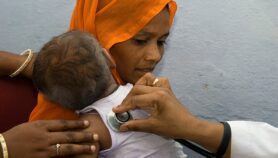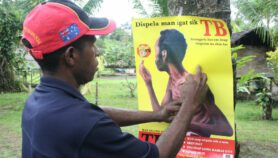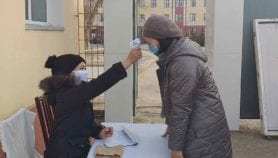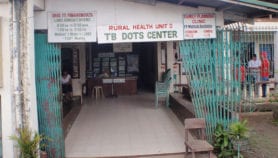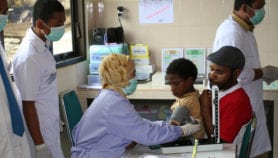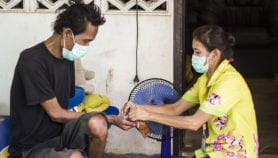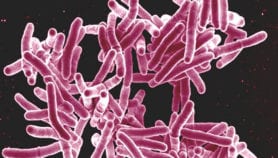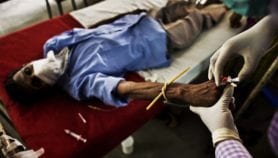14/06/21
TB rates high among India’s tribal people
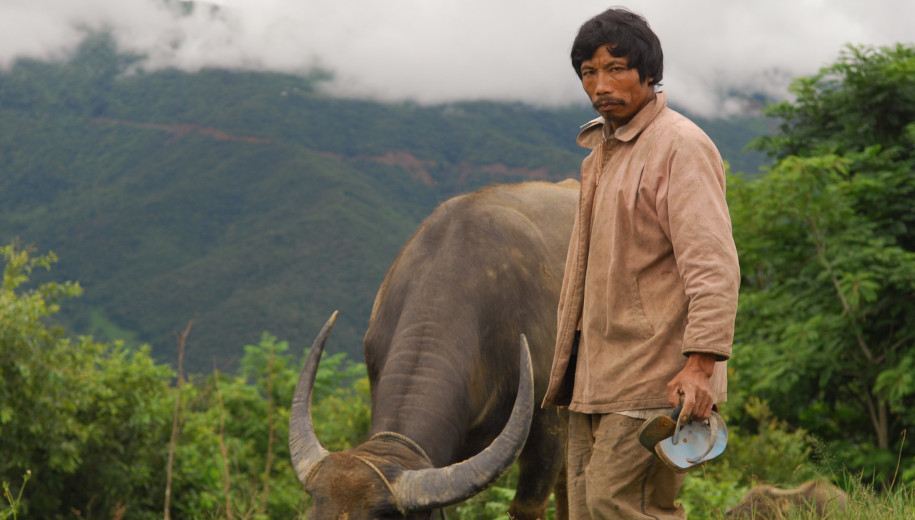
By: Sanjeet Bagcchi
Send to a friend
The details you provide on this page will not be used to send unsolicited email, and will not be sold to a 3rd party. See privacy policy.
[NEW DELHI] The prevalence of pulmonary tuberculosis (TB) among tribes in India is substantially higher than the general population — owing to poor nutrition, smoking and alcohol abuse, research shows.
In the study, Beena Thomas, a scientist at the Department of Social and Behavioral Research at the National Institute for Research in Tuberculosis, Chennai, India, and her colleagues looked at 88 villages in various districts across 17 states with predominantly tribal populations.
More than half the country’s 104 million tribal population resides outside India’s 809 tribal majority blocks. Highlighting this fundamental change in tribal habitation, the report cited the Census 2011 that found a 32 per cent decline in the number of villages with an entirely tribal population between 2001 and 2011.
According to the independent India Environmental Portal, India’s tribal communities, accounting for 8.6 per cent of India’s population, are marginalised and face a host of structural inequalities, with access to healthcare being among the biggest.
The researchers screened 74,532 individuals and noted that the overall prevalence of pulmonary TB among the tribes was 432 per 100,000 people, compared to 350 per 100,000 among the wider population, said the study, published this month in PLOS One.
However, there was state-wide variation in TB prevalence among the tribal population, with Odisha showing the highest prevalence (803 per 10,000) and Jammu and Kashmir showing the lowest (127 per 100,000).
According to Thomas, this is the first research paper to provide a nationwide estimate of the tribal population which, until recently, was limited to a few surveys in a few states.
“This understanding is crucial in planning and implementing need-based strategies for TB control in the tribal population even as we work towards the vision of ending TB in 2025,” she tells SciDev.Net.
Renu Verma, a postdoctoral research fellow at the Division of Infectious Diseases and Geographic Medicine at Stanford University School of Medicine, US, says: “The high prevalence of TB in tribal India could be attributed to various factors which include poverty, lack of health care facilities, poor nutrition and lack of awareness of risks associated with smoking and alcohol.”
“The high prevalence of TB in tribal India could be attributed to various factors which include poverty, lack of health care facilities, poor nutrition and lack of awareness of risks associated with smoking and alcohol”
Renu Verma, Stanford University School of Medicine
Higher prevalence of pulmonary TB among elderly tribal people (over 65 years old) was attributed to latent infection, use of immunosuppressive medicines, and co-morbidities. The prevalence of TB was three times higher in males as compared to females, possibly because males are more exposed to sources of infection as well as dust and air pollution. Men are also more likely to be users of tobacco and alcohol.
“This insight will further enable need-based, tribal-friendly TB sensitisation programmes that engage tribal communities, towards early diagnosis and initiation of treatment,” says Verma.
Rahuldeb Sarkar, public health specialist and consultant at Medway Hospital, Kent, UK, says the study draws attention to areas within a country where public health measures need special attention. Sarkar suggests it is interesting to see whether areas within the country where relevant public health metrics like physician-population ratio is low or proportion of underweight people is high also see a high prevalence of the disease.
“Easy access to healthcare and early diagnosis, awareness on the effects of smoking and alcohol, availability of nutritional diet and better housing conditions with proper ventilation could help in reducing overall TB burden,” Verma tells SciDev.Net.
This piece was produced by SciDev.Net’s Asia & Pacific desk.




